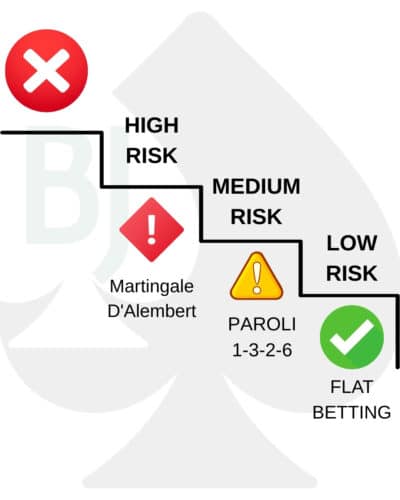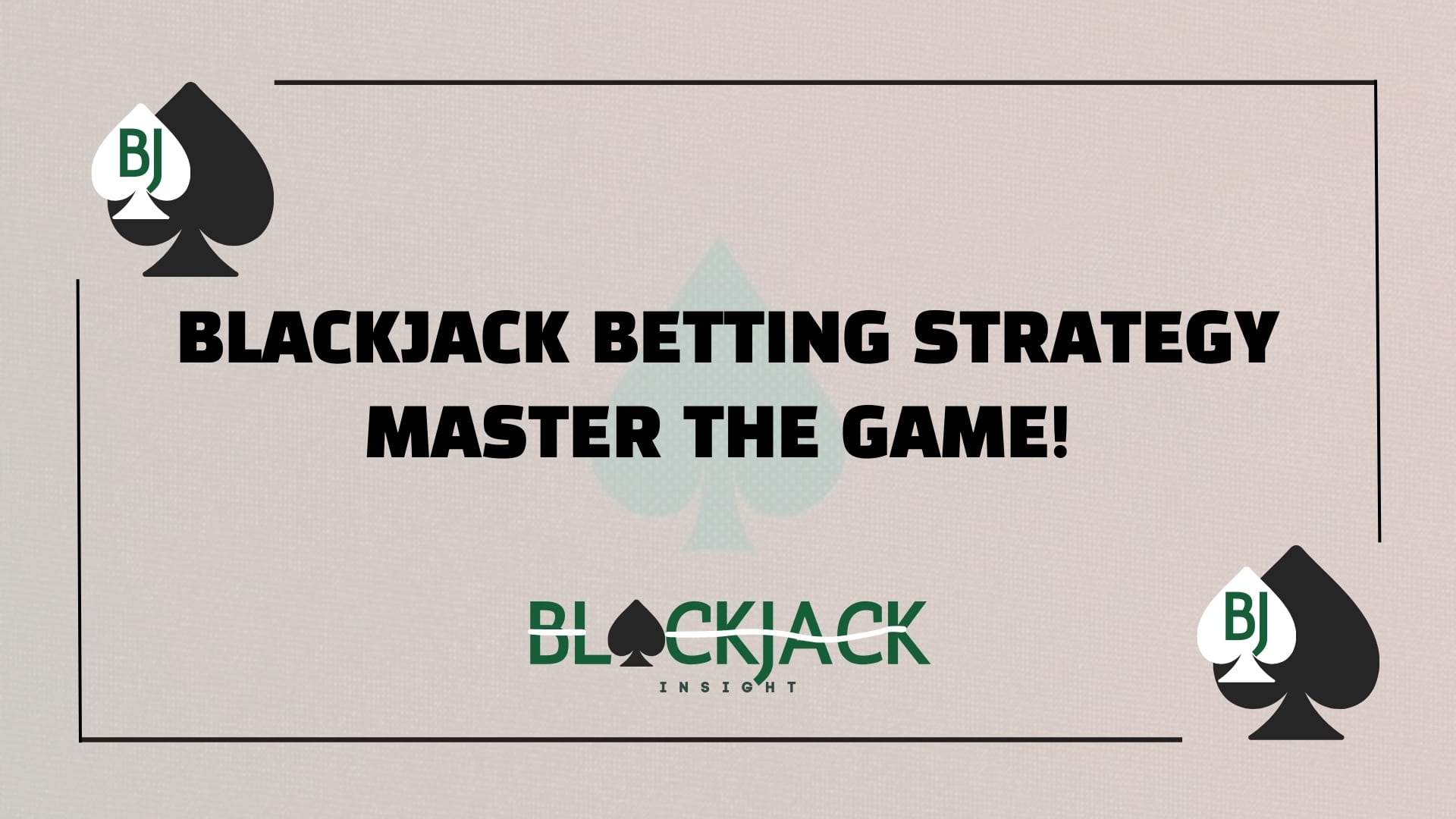Blackjack Betting Strategy: Master The Game!
Table Of Content
Walk into any casino and you’ll hear the soft slap of cards, the clink of chips, and someone muttering, “I should’ve bet more.” Sound familiar? If you’re like most players, you’ve probably wondered more than once if there’s a secret formula, a real blackjack betting strategy, that actually works. Truth is, while there’s no magic bullet, the right approach can absolutely tilt the odds just enough in your favor.
How Betting Works in Blackjack
Before diving into strategies, you’ve got to understand the ground rules. Betting in blackjack starts before the first card is even dealt. You place your bet in the betting box, the dealer gives everyone two cards, and from there, the decisions begin — hit, stand, split, double, or surrender (if allowed). But what many players overlook is that your success doesn’t just depend on what cards you play — it’s about how much you bet and when.
A good blackjack betting system doesn’t fight the house — it flows with the game. It’s about managing risk, capitalizing on wins, and limiting losses.
The Core Betting Principle: Bet Smart, Not Big
If you’re the type to bet your rent money on a “feeling,” this section’s for you.
The best blackjack betting strategy starts with simple bankroll management. Let’s say you’re walking in with $200. The smart move is to bet 1-2% of that total per hand — so, $2 to $4 bets. This gives you staying power. It keeps you at the table longer, which, ironically, is how you end up winning more.
Now, I know — placing $5 bets might not sound sexy, but what’s worse: playing tight and smart
Knowing When to Increase Your Bet
Alright, let’s talk instincts because knowing when to bet big in blackjack is part math, part feel.
If you’re counting cards (legally, of course), the true count gives you that signal. But even if you’re not counting, you can still make smart adjustments:
- After a dealer bust streak
- When you’re seeing a lot of 10s or face cards
- After several small cards are dealt in a row
It’s observing the card flow. Good players pay attention. Great players capitalize on patterns. Don’t go doubling your bet every time you win, but do press your bet when the deck feels hot. And always have a cap — never go all in on emotion.
Blackjack Betting Charts: Use Them, Don’t Rely on Them
You’ve probably Googled “blackjack betting strategy chart” and seen those colorful grids telling you when to hit, stand, split, or double. These are great tools — but they’re not betting strategies. They’re playing strategies.
To be clear: a blackjack strategy chart tells you what decision to make based on your hand and the dealer’s card. It doesn’t tell you how much to bet. That’s where you need a separate blackjack betting system — one that suits your style, your risk tolerance, and your wallet.
The Safest Route for Beginners

If you’re still new to blackjack or for blowing your stack in 10 minutes?
Feel nervous around high-pressure tables, flat betting might be your best friend. This means you bet the same amount every hand, regardless of the outcome. It’s the opposite of progressive strategies.
Sure, it won’t get your heart racing, but it will protect your bankroll and help you focus on learning basic strategy and reading the game. Combine it with smart play (hint: use a blackjack strategy chart), and you’ll give yourself a real shot at staying afloat — maybe even ahead.
Crafting Your Own Betting Strategy: Lessons from My Experience
After years, I created my own betting strategy. Here is how:
Understand the Basics:
Start with the fundamentals like probability and expected value. I began by simply tracking my bets and outcomes—no fancy math at first, just real experience.
Experiment with Low Stakes:
I began testing different systems on low-stakes tables. I made plenty of mistakes (and some embarrassing bets), but these trials helped me figure out what worked best for me.
Keep a Journal:
I started writing down my wins, losses, and even my gut feelings about the game. Reviewing these notes over time revealed patterns I wouldn’t have noticed otherwise.
Mix Strategies:
Eventually, I learned to blend flat betting with occasional positive progression and a bit of variable betting when the situation called for it. My approach isn’t textbook-perfect—it’s a mix of strategies that evolved over time through trial and error.
Avoid Chasing Losses:
I stopped randomly increasing my bets just because I felt I was “due” for a win. Blackjack isn’t roulette—every hand stands alone. Now, I stick to my strategy, stay calm, and manage my bankroll wisely.
FAQs
1. What’s the safest betting strategy in blackjack?
For me, flat betting is the safest approach. It helps keep my losses manageable and prevents impulsive betting decisions.
2. Can I mix different betting strategies?
Absolutely. In my experience, combining a steady flat bet with occasional adjustments based on the game’s flow is often the most effective strategy.
3. How important is bankroll management?
It’s critical. I learned that no matter how good your strategy is, if you don’t manage your money properly, you can end up losing everything. Always set a budget and stick to it.
4. What’s the role of card counting in betting strategies?
Card counting helps you decide when to increase or decrease your bets by giving you insight into the remaining cards in the deck. It takes practice, but it can give you a small statistical edge.



